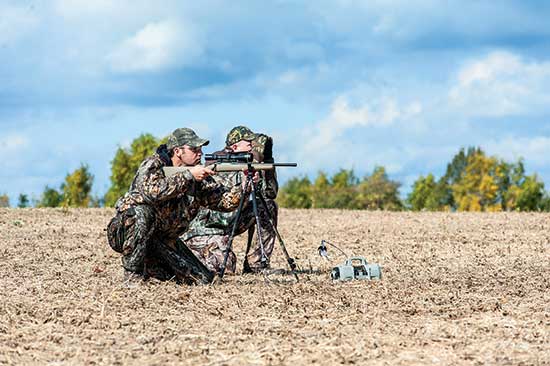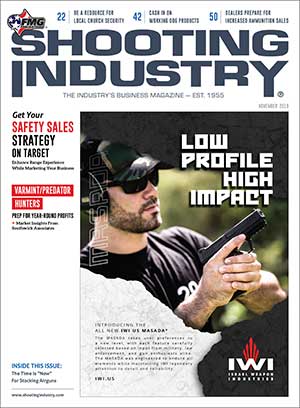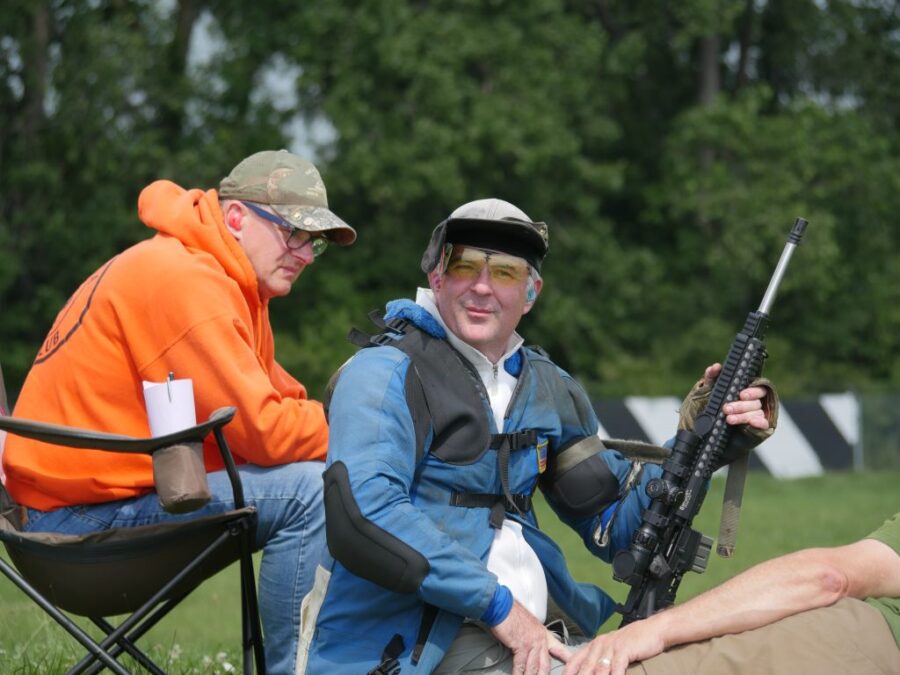Market Insights: Predator & Varmint Hunters
Predators and varmints provide many hunters with an excellent opportunity to both extend their hunting season and to pursue some diverse and exciting species. Whether these animals are taken for sport, or simply as a way to manage their populations for the health of other game species, pursuing predators and varmints is an important aspect of the U.S. hunting market.
In fact, Southwick Associates’ ShooterSurvey.com and HunterSurvey.com — which collect information from a national online panel of hunters and shooters on a bi-monthly basis — indicate nearly 15% of surveyed hunters pursued predators (coyotes, bobcats, etc.) in 2018, while more than 6% hunted varmints or furbearers of some kind (prairie dogs, raccoons, etc.).
Similarly, the U.S. Fish and Wildlife Service reported over 11% of U.S. hunters pursued “other animals” in 2016, with most of these species generally being considered either predators or varmints.1 This translates to more than 1.3 million predator and varmint hunters — each of whom spends significant time and money to go after these species. These hunters spent a combined 13 million days in chasing predators and varmints in 2016, and their total spending on travel, equipment and other items used in the process totaled more than $750 million. The amount spent on hunting equipment dedicated solely to these species was nearly $97 million.
Extended Seasons Equals More Profits
It’s important to mention here predator and varmint hunters are largely a subset of the greater hunting community, rather than a distinct segment. Few hunters pursue predators and varmints alone; instead they use these species to round out their annual hunting experiences, enabling them to spend more time in the field. According to U.S. Fish and Wildlife Service, just 20% of predator and varmint hunters focused on those species alone in 2016. Over 70% of these hunters also stalked big game, 60% hunted small game and more than 35% set their sights on migratory birds. Thus, predators and varmints simply present additional opportunities for many devoted hunters to get out in the field and do what they love.
Predators and varmints provide many hunters with an excellent opportunity to both extend their hunting season and to pursue some diverse and exciting species.
Those who chase predators or varmints tend to be significantly more avid than the average hunter. The U.S. Fish and Wildlife Service found those who reported hunting a predator or varmint species in 2016 spent an average of 38 days hunting that year, compared to only 15 average hunting days for those who did not pursue predators or varmints. This suggests those who hunt predators and varmints are able to extend their hunting seasons, allowing them to enjoy more days in the field compared to hunters who overlook these species.
On a related note, results from Southwick Associates’ ShooterSurvey.com and HunterSurvey.com suggest predator and varmint hunters tend to be more active customers as well. In 2018, those who reported hunting predators or varmints were 12% more likely to have purchased some form of hunting or shooting equipment during the previous two months versus the average hunter. These purchases range from general hunting items like firearms and ammunition to specialized equipment such as predator calls.
This just provides further evidence for hunters who pursue predators or varmints are a particularly avid group, and therefore represent a critical part of the market for hunting and shooting equipment.
Don’t Miss An Opportunity
Based on the evidence presented here, the market for predator and varmint hunting equipment is substantial and should not be overlooked by retailers and manufacturers. The people who hunt these species represent some of the most passionate hunters in the country, and the market for hunting equipment used in the pursuit of predators and varmints was worth nearly $100 million in 2016.
To learn more about this important segment of the hunting market, or for answers to other questions related to the hunting and shooting market, please contact Southwick Associates’ VP of Business Development Nancy Bacon at Nancy@southwickassociates.com, or visit www.southwickassociates.com.
1. The U.S. Fish and Wildlife Service defines “other animals” as: “Coyotes, crows, foxes, groundhogs, prairie dogs, raccoons, alligators, and similar animals that can be legally hunted and are not classified as big game, small game, or migratory birds.” Source: U.S. Department of the Interior, U.S. Fish and Wildlife Service, U.S. Department of Commerce, and U.S. Census Bureau. 2016 National Survey of Fishing, Hunting, and Wildlife-Associated Recreation.






